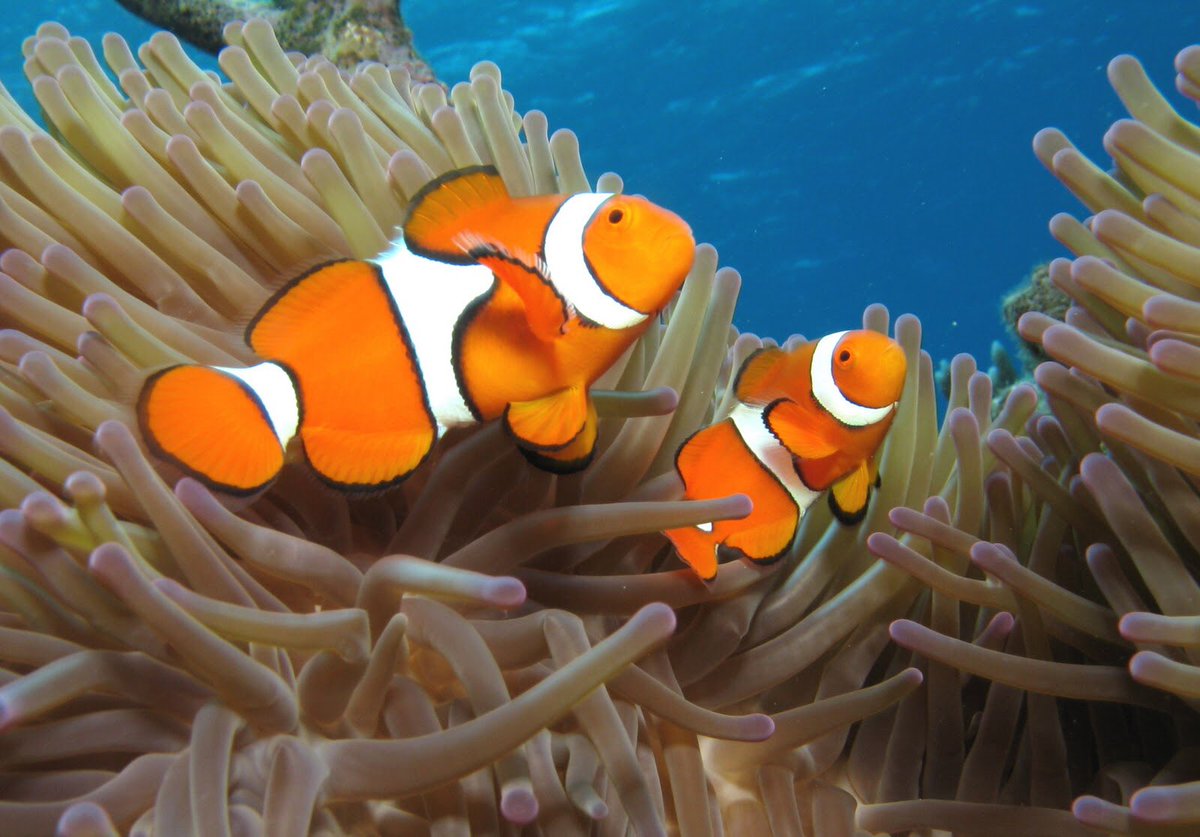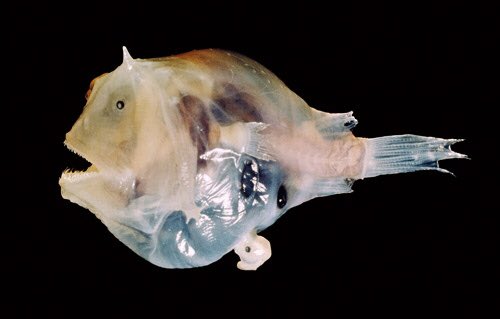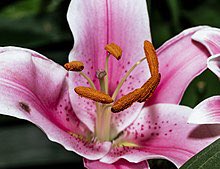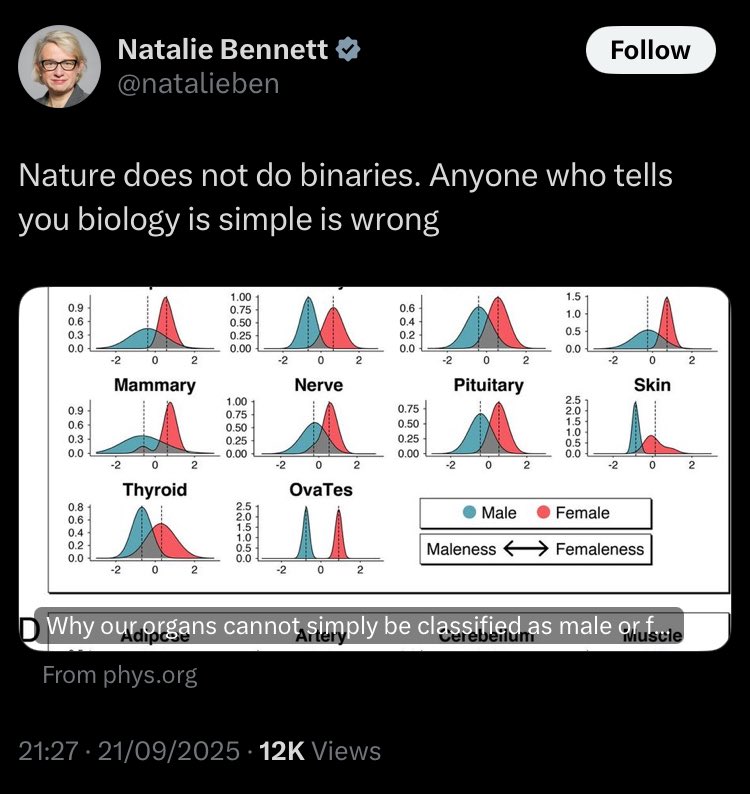Seahorses. Female fucks around while male carries babies. How to recognise the female: she makes large gametes. 

Crocodiles. Sex determined by environmental temperature during development. How to recognise the female: she makes large gametes. 
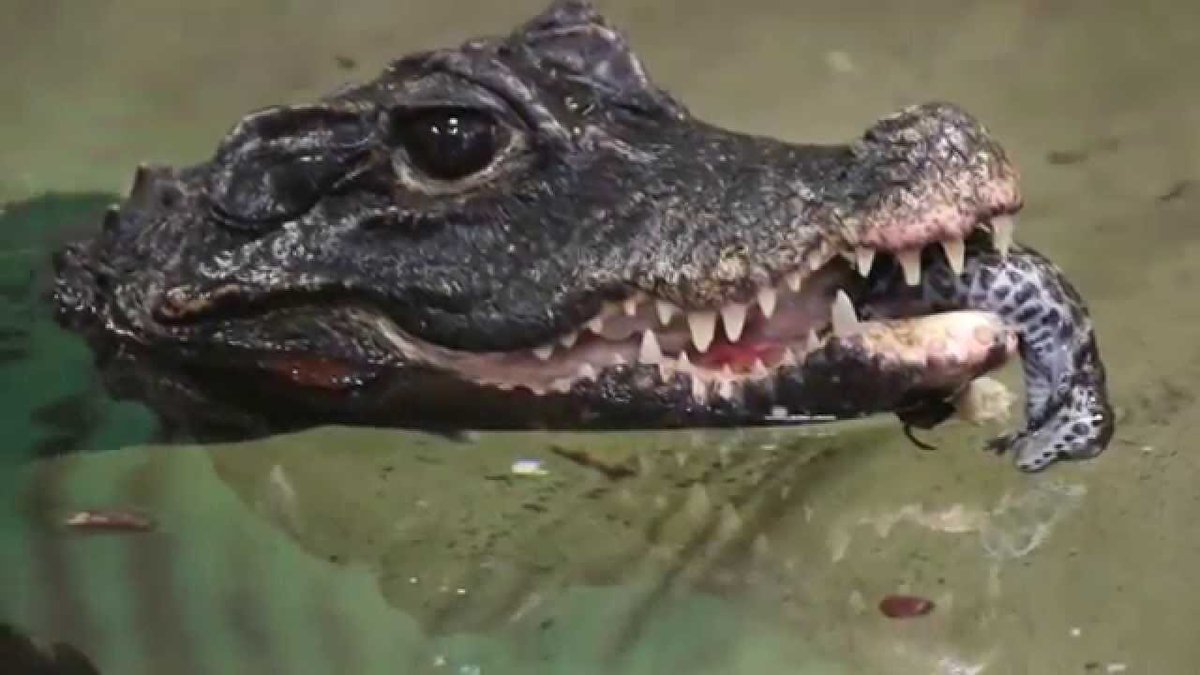
Platypus. Five pairs of sex chromosomes. X1X1X2X2X3X3X4X4X5X5 (female) and X1Y1X2Y2.... (male), where X3 and X5 look more like a bird (non X) than a mammal. How to recognise the female: she makes large gametes. 
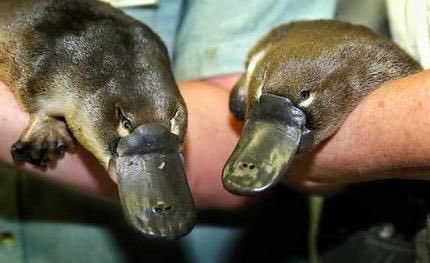
Hyena. Females have pseudo-penis which she internalises during mating. How to recognise the female: she makes large gametes. 
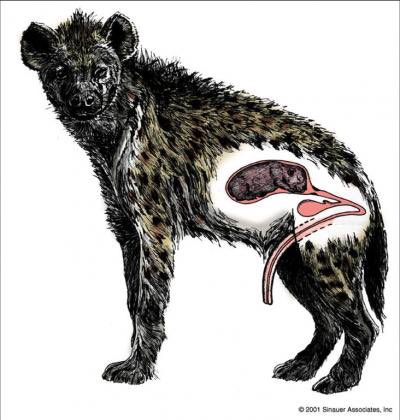
Flatworms. Hermaphrodites. They penis fence to determine which takes the male role. Most of the time, no-one wins and they each, perhaps dejectedly, spaff (😉) over the other. How to recognise the female part: it makes large gametes. 
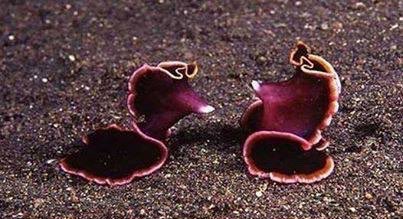
Bees. Males are missing an entire genome copy. How to recognise the female: she makes large gametes. 
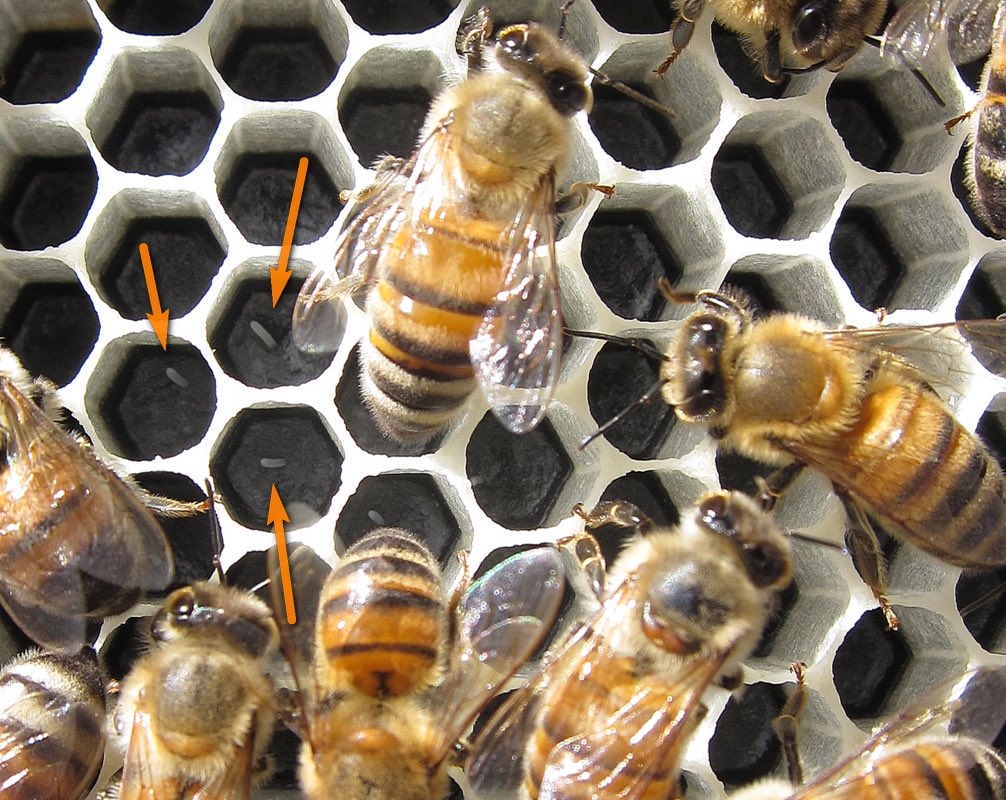
Asparagus. No sense of sexed self and no plausible mechanism for social construction of gender. How to recognise the female: she makes large gametes. 
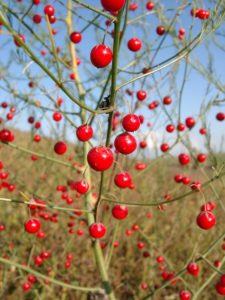
Tuatara. Sex determination so extremely temperature sensitive that climate change is causing them to be all male. How to recognise the male: he makes small gametes. He can also be seen looking annoyed at enforced incel status. 
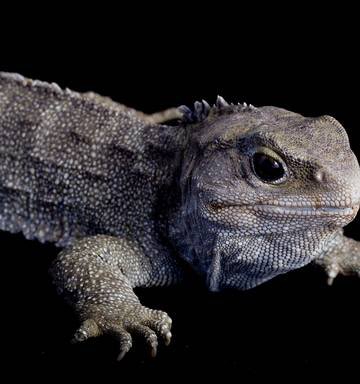
I’m pinning this. Please add requests. Also, any examples you see touted as an argument against sex. What was the strawberry one?
Peafowl. Sexual selection gone mental. How to recognise the female: she makes large gametes. And she’s not a massive freaking showoff, like this fella... 
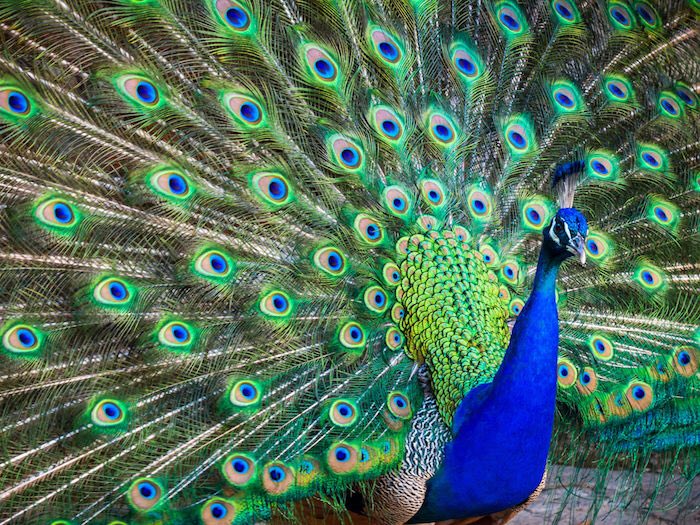
Mushrooms. Delicious. How to recognise the female: there are no females (‘there is only Zuul’). ‘Female’ and ‘male’ are predicated on two and only two differential gametes, and fungi don’t have them thingies, settling instead for equivalent gametes labelled +/-, or A/B, or yawn. 
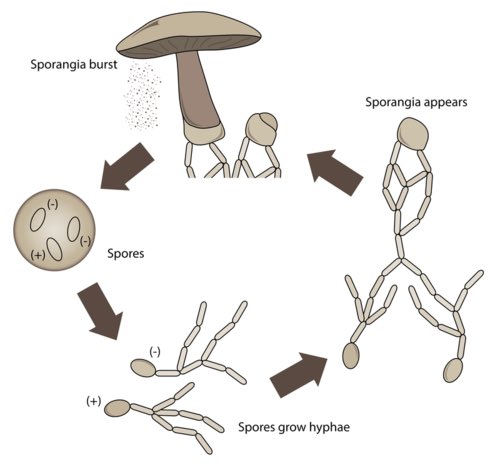
Fun fact (not really): the truly unique structure of the female hyena reproductive system, whereby she is sole arbiter of when to allow intercourse, suggests that female hyenas cannot be raped.
Straw-not technically a berry-berries. Delicious hermaphrodites. Genetic sex determination is polygenic and may reasonably be described as a (limited) spectrum. How to recognise the female part: it makes large gametes. 
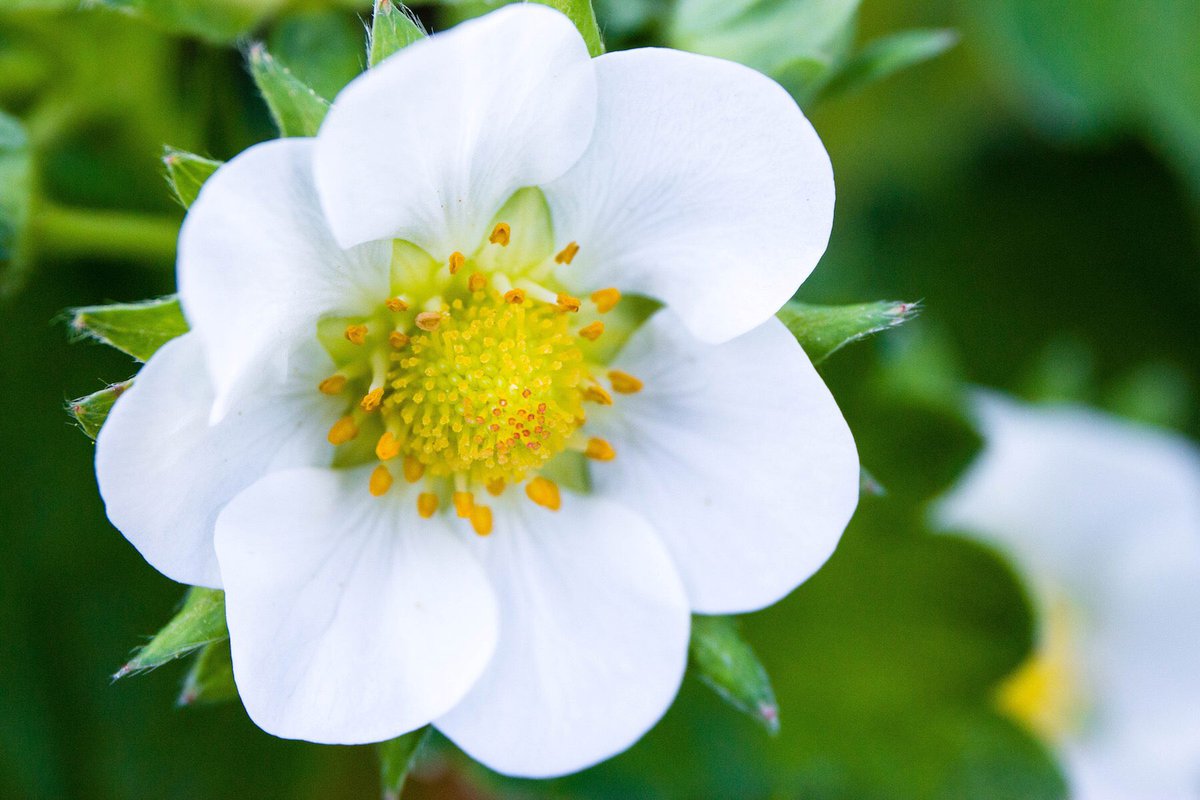
Head lice. Annoying buggers. The female transmits chromosomes she inherited from either her mum or dad; the male *only* transmits chromosomes he inherited from his mum. How to recognise the female: she makes large gametes. 
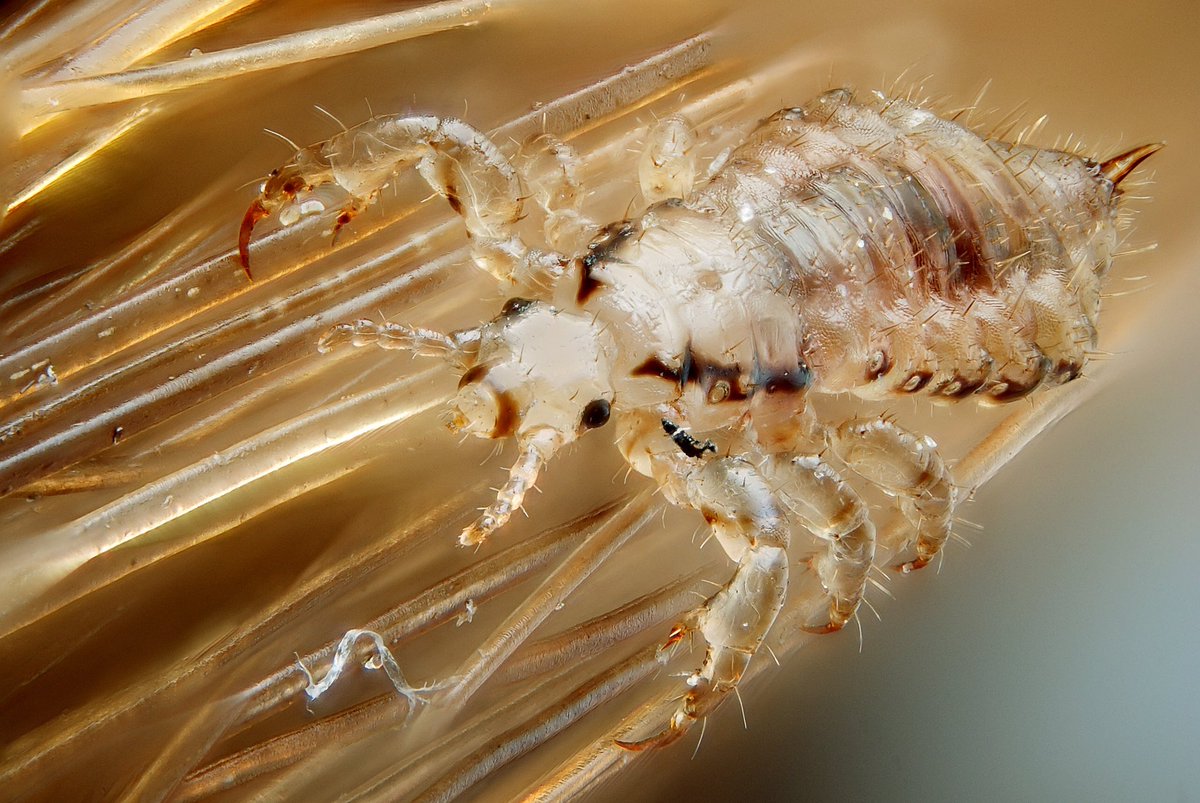
• • •
Missing some Tweet in this thread? You can try to
force a refresh

